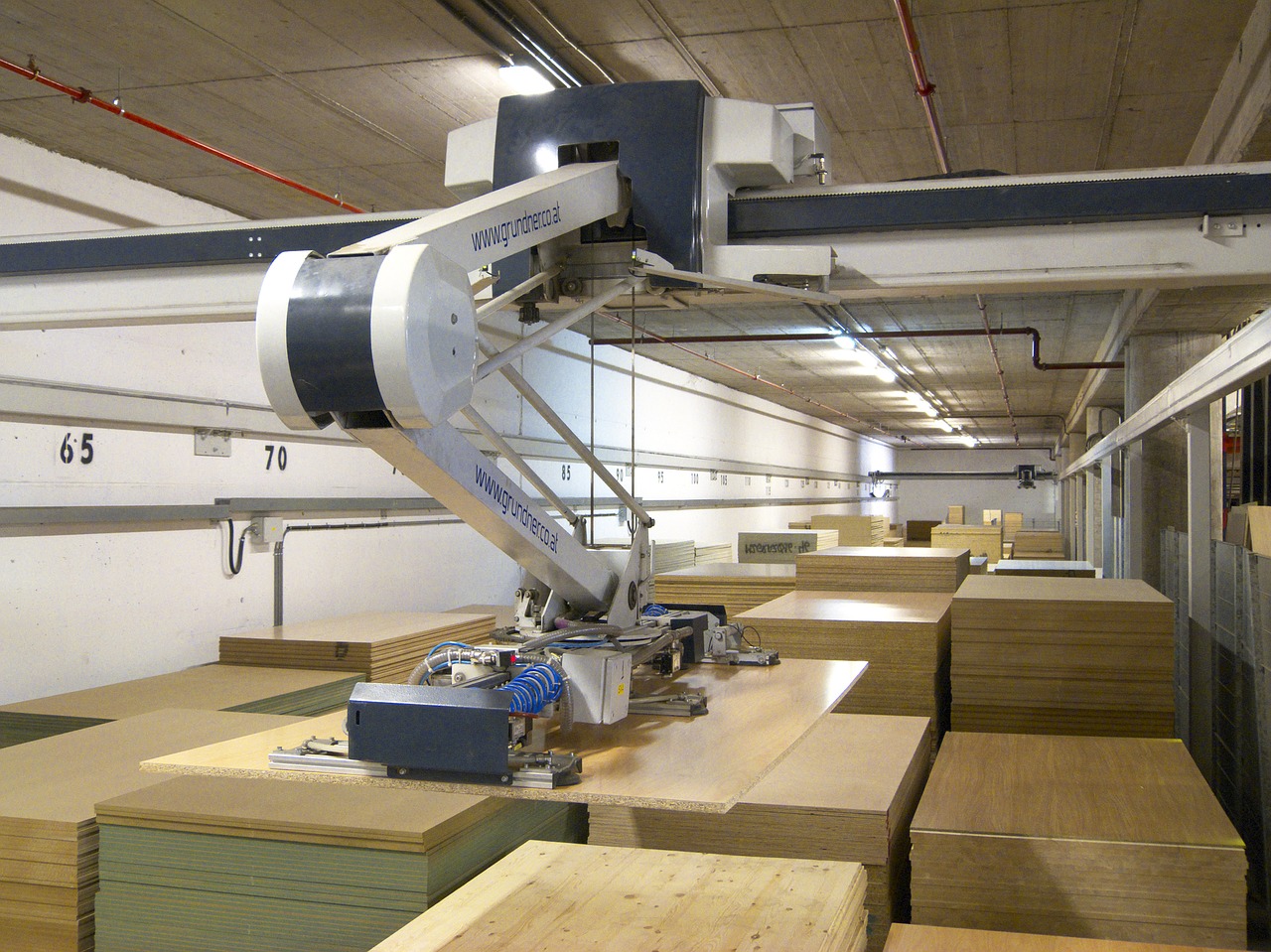The growth of e-commerce and an economy focused on the “on-demand” aspect of consumerism has led to a rise in technology. These innovations are designed to help many of these companies deal with the rapidly changing demands and the vast expansion of their industries. The main tool entering into large warehouses and other fulfillment centers across the country is found in autonomous mobile robots or AMRs.
These robots help companies cope with worker shortages and the increased demands for speed and accuracy that e-commerce has brought to this industry. Found both in the logistics and warehousing arenas, these AMRs are expected to top $22.4 billion in sales worldwide by the end of 2021.
Here is a look at how autonomous mobile robots have developed, where they are used now, and what trends are on the horizon in the coming years.
What Are AMRs?
Autonomous mobile robots are a type of automatic guided vehicle (AGV). AGVs are in use in many warehouses, but they have a number of limitations. In general, AGVs need external guidance of some kind in order to operate effectively. This may entail permanent wires or sensors in the floor or some other type of navigational tool.
As a result, their use is inherently expensive and difficult to change. Not all businesses are able to install large and rigid systems throughout the factory or warehouse that are permanently embedded. AMRs, on the other hand, are significantly more independent, as well as being much more adaptable to change.
As production needs change, the AMR can be reprogrammed and adjusted accordingly, unlike a typical AGV. The flexibility of AMRs and the independence from external input makes them an incredible tool for factory and warehouse environments, particularly as their needs change.
Onboard intelligence systems now included with AMRs make it easy for the robots to adapt to almost any industrial environment. Many can have blueprints and maps of their surroundings uploaded into their onboard systems, allowing to navigate around with ease.
Others map the area themselves by simply driving around and learning the area. This offers significant flexibility, as it is relatively simple to adjust existing blueprints. For example, it is much easier than redoing permanent wiring or sensor systems in an industrial environment.
Industrial settings can also be changeable by nature, with workers, machinery, and items constantly moving within the space. AMRs are using sensors of increasing complexity. This makes it possible for the robots to sense the space around them, avoiding collisions and easily navigating a changeable environment. Their autonomy makes them a natural choice for implementation into a wide range of environments, particularly in these industrial settings.
AMR Developmental Trends
As autonomous mobile robots enter the marketplace, there are new developmental trends on the horizon. Improvement in the sophistication of AMR onboard sensors is still a focus of the companies developing these robots. Though many are already equipped with sensors for navigational purposes, they aren’t always as sophisticated as users might like them to be.
As the network of sensors available is expanded, the robots will gain even more autonomy over their ability to navigate around a warehouse. They will be able to dodge people and other obstacles in real time and update their internal maps as they go. It will simply require more work and research to continue to improve the navigation of these robots in the next several years.
Mobile manipulation is another area of research in the autonomous mobile robot industry. With potential applications in the healthcare industry as well as the industrial sector, sophisticated mobile manipulation by robots is just starting to be developed.
In one noted application at a recent RIA Autonomous Mobile Robot Conference in 2019, a robot demonstrated the ability to roll itself onto a truck to unload the contents it was carrying. The potential labor savings showed an annual savings number of anywhere between $438,000 and $702,000 dollars for each individual truck.
A robot like this could unload 800 to 1,000 cases off a truck by itself in an hour. It would likely take three people to unload between 600 and 800 cases off a similar truck, at a pay rate of $15/hour. These types of AMRs could potentially save companies many hundreds of thousands of dollars, along with freeing up employees from these types of tedious tasks and allowing them to focus on other areas.
The AMR Industry Continues to Grow
The AMR industry is really only in its beginning stages at the moment. In the next couple of years, it’s likely that these robots will enter numerous industries. The potential applications of AMRs are not limited to the industrial sector by any means.
As they continue to improve in sophistication, they are likely to enter many other types of industries to help streamline operations. At the moment, their greatest application is in helping meet the demand for accuracy and speed found in the age of e-commerce today. AMRs can help companies keep up!

